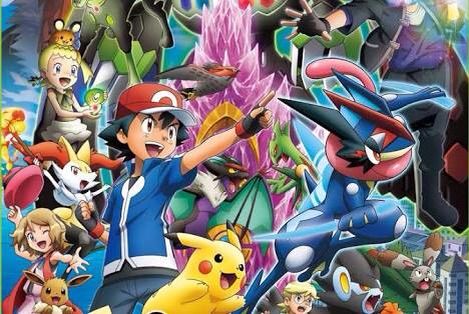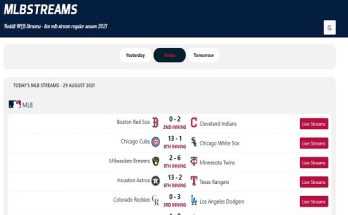Pokemon Showdown lets players simulate Pokemon battles online, but there’s more to it than that. Pokemon fans who ventured deeper into the fandom would have heard of Pokemon Showdown. At first glance, Pokemon Showdown appears to be an online emulator for online Pokemon matches. However, there is a growing community of hardcore Pokemon fans on Pokemon Showdown, making it an ideal place for any big Pokemon fan. Unfortunately for newcomers, the numerous elements of Pokemon Showdown make the concept appear overwhelming at first. Understanding key aspects of the online simulator, on the other hand, can make it a sight to behold for any Pokemon fan.
What Is Pokemon Showdown All About?
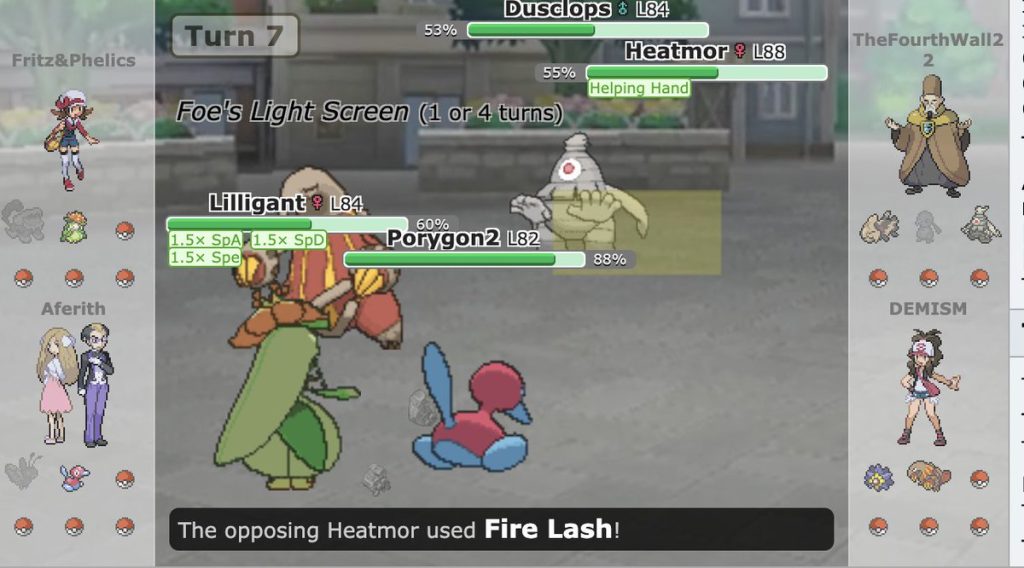
While Nintendo does have licenced Pokemon competitions for fans, they are scarce. Pokemon Showdown bridges this gap by allowing competitive Pokemon fans to gather and hold their own Pokemon battles online. Of course, given its nature as an online community for Pokemon players, here are some things to look forward to:
- A standard Pokemon battle Players should keep in mind that Pokemon Showdown facilitates standard Pokemon battles. Players take turns bringing their own teams and fighting until the enemy’s last Pokemon faints.
- Various formats are available. Pokemon Showdown, like any other tournament setting, has a variety of formats. These dictate the types of Pokemon that players can include in their teams, as well as any other restrictions.
- Increased Reliance on Strategy As Pokemon Showdown players will quickly discover, there is a greater emphasis on strategy here than in the games. After all, while an AI can allow a player’s water Pokemon to annihilate their fire team, another real player will immediately switch.
- Everyone’s Favorite Setup Unlike other battles in the game, Pokemon Showdown allows all players to build their dream team by pitting them against preset AI setups. So, one of the hardest parts of this game is to outsmart your opponents with well-built teams.
What Formats Are There?
The Pokemon Showdown, like any other tournament or competitive setup, has different formats depending on the player’s preferences.
These formats can alter the types of Pokemon a player can have in their team while also imposing restrictions.
The Pokemon Showdown website lists all known formats, but the following are the most popular:
What About Pokemon Limitations?
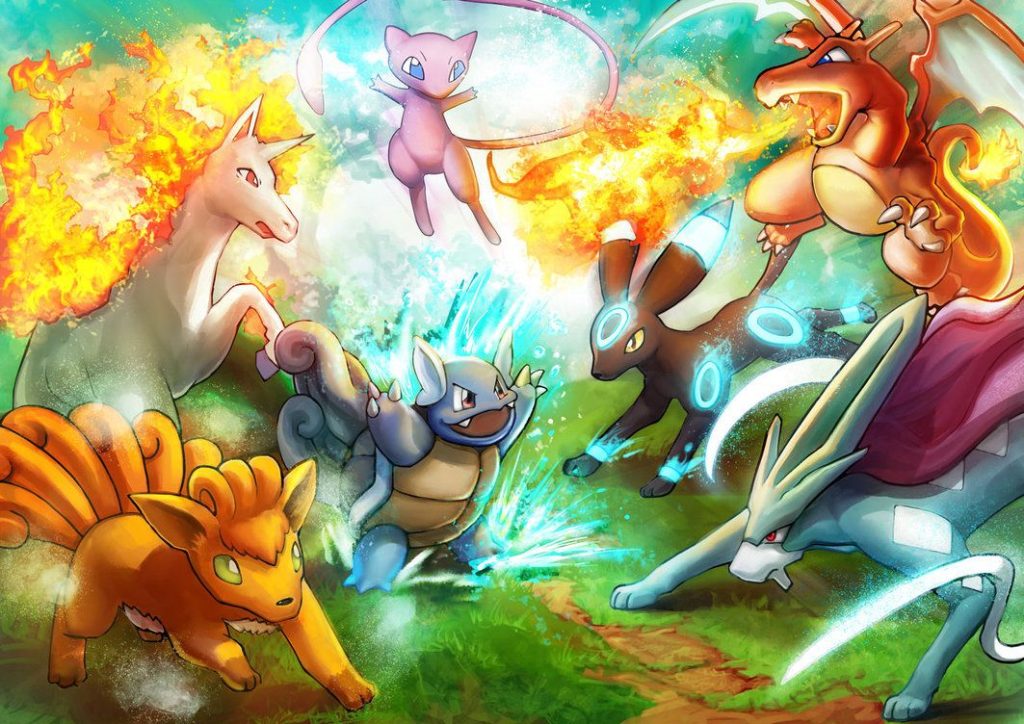
Not all Pokemon are immediately available for use in Pokemon Showdown. After all, some Pokemon are simply more powerful than others by nature. To deal with power scaling, Pokemon Showdown divides Pokemon into tiers based on how often players use them.
Most Pokemon in one tier has a 50% chance of encountering the same Pokemon in a higher tier within the first 20 battles. Even though they look good, they haven’t been used enough to deserve a tier increase.
- Uber’s. unlike the other tiers, do not obtain Pokemon through usage. Rather, Ubers obtain their Pokemon through either banning or initial placement. When it comes to bans, Pokemon that are deemed too powerful for OU are placed in Ubers. In the same way, some Pokemon, like Legendaries on the cover art, are always in Uber.
- OverUsed (OU). This is the highest level of Pokemon usage. As such, OU also dictates the Pokemon located in other tiers. Most of the game’s powerful Pokemon are usually relegated to OU.
- UnderUsed (UU). Pokemon in UU are only a few usage counts short of those in OU.
- Rarely used (RU). RarelyUsed, like UU, contains Pokemon that are a few usage counts short of UU.
- NeverUsed (NU). like RU, has Pokemon that don’t get enough use to be classified as RU.
- PU. While it lacks an official label, it is also a tier lower than NU.
- Little cup. The Pokemon in this tier are only Level 5, and they represent the species’ lowest evolution. As a result, Pokemon without evolutions are prohibited from entering the Little Cup.
- Doubles. The Pokemon Showdown variant of Doubles follows the same format as the standard version, but with two new Pokemon released at the same time.
What about other constraints?
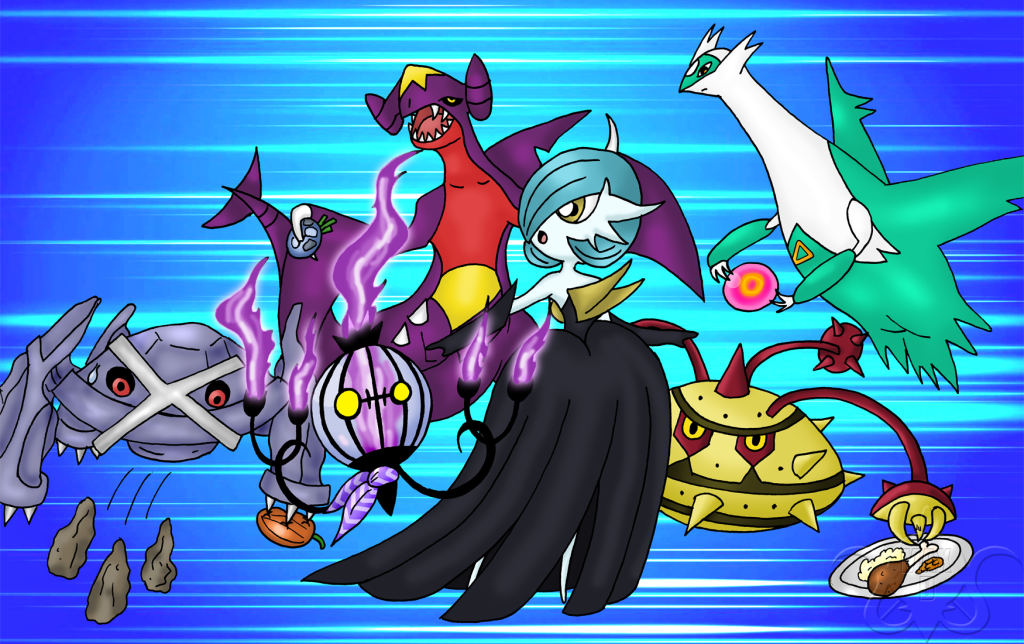
In Pokemon Showdown, rules or clauses exist to further restrict a specific format. Some of the following clauses may or may not apply to the restrictions:
- Banned Moves on Pokemon Specific formats in Pokemon Showdown outright prohibit Pokemon and moves. As with other games, Pokemon and moves are frequently banned within a format due to their potential to give an unfair advantage to a specific side—particularly due to their incredible strength.
- Indefinite Battle Clause Most formats forbid Pokemon from having moves that could lead to an endless battle. These include a Pokemon’s inability to carry Recycle, possess a Leppa Berry, or use Fling or Pain Split as a move.
- OHKO (One-Hit KO). A Pokemon’s moveset cannot include Sheer Cold, Horn Drill, Guillotine, and Fissure. This is due to the fact that these moves can result in OHKO.
- Clause Moody Pokemon with the ability to Moody is not permitted. This is due to Moody’s ability to boost a random stat per turn, including Evasion.
- The Sleep Clause Except for moves like rest, only one Pokemon per team can be put to sleep at any given time.
- “Species Clause” Some formats prohibit the use of two Pokemon of the same species on the same team.
How Does The Meta Work In This Case?
To be sure, Pokemon Showdown is intended to be a more stable simulator of Wi-Fi Pokemon Battles. But fans might be surprised by how much Pokemon Showdown mimics the way Pokemon Battles works mechanically.
At its core, Pokemon Showdown follows the same Pokemon Battle principles as the original games. However, because Pokemon Showdown allows for customization, players have more control over their party. Consider the following specific elements:
What About the Fundamentals?
Nature’s Gifts Pack an Extra Punch. Players will recall fondly how some Pokemon naturally perform better based on their nature. There are 25 naturals in the games that affect stats in various ways.
- Special Moves vs Physical. When a Pokemon performs a move, it is classified as either physical or special. Physical Moves, as savants are aware, use the attacking Pokemon’s attack versus the defender’s defence. Similarly, special moves rely on special attacks rather than special defence.
- Remember STAB in mind. STAB, or Same-Type Attack Bonus, is an important concept to remember in Pokemon Showdown. This means that whenever a move is used by a Pokemon of the same type, its base power is increased by 1.5 percent. In turn, it is usually recommended that a Pokemon carry at least one STAB Move.
How Does Combat Function?
Given the format of Pokemon Showdown, fans and newcomers should be aware that the simulator follows the same cues as the games’ combat. Pokemon Showdown, on the other hand, has a more active human element, which means that players need to be better at strategy.
As a result, while Pokemon Showdown follows the same format as Pokemon Battles in the games, other players can expect more sophisticated setups. Here are some predictions:
- Turn order is important. It is critical to move first. Switching Pokemon and then Mega Evolving them is a common strategy. Following that, it’s a battle of the speed stat-if there’s a tie, the first one to move is randomised. Another exception concerns moving with positive priority, such as ExtremeSpeed and Protect. Negative priority moves, such as Trick Room and Whirlwind, have the lowest priority.
- Secure the entry point. Even opponents are penalised for switching out Pokemon due to an entry hazard. Entry Hazards, as the name implies, remain in the opponent’s field and inflict damage on all Pokemon that are switched. Of course, counter-hazards like Defog and Rapid Spin are required due to their popularity.
- Think about the sweep. Rather than wasting a move buffing or lowering stats, players should invest in the Sweep. Setting up a sweeper Pokemon essentially means improving a move that allows them to wipe out multiple Pokemon at once. For example, Calm Mind, Shell Smash, Dragon Dance, and Sword Dance, for example, can strengthen a Pokemon so that it can fight multiple opponents at once.
- Get yourself some checks and counters. When putting together a Pokemon team for Pokemon Showdown, players must consider checks and counters. A counter to a Pokemon, at its core, specifies an opponent who can switch into combat and survive that Pokemon’s initial attack. Meanwhile, a check is a type of opponent who can fight a Pokemon head-on.
